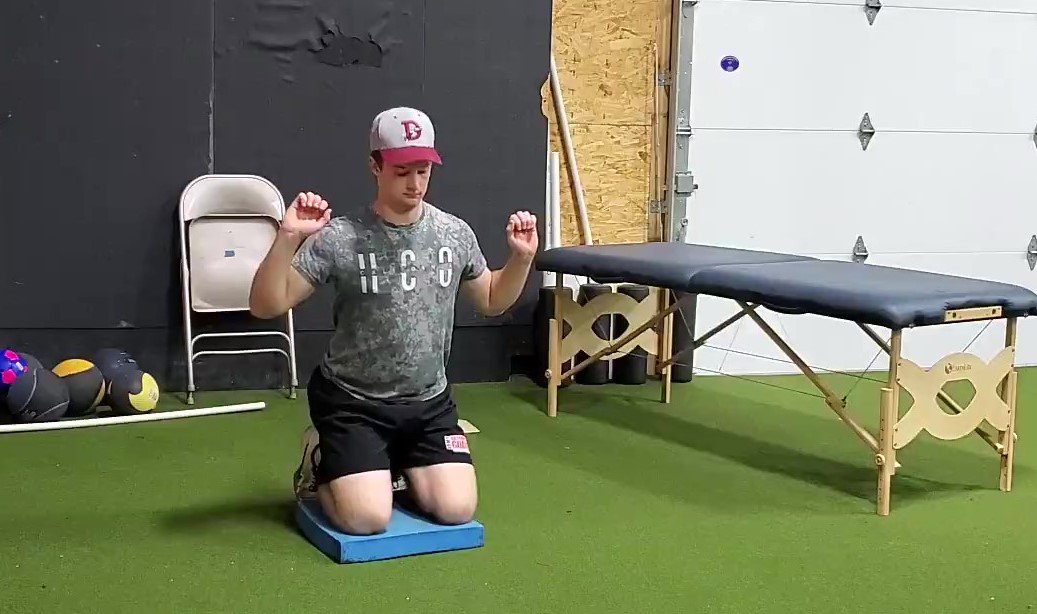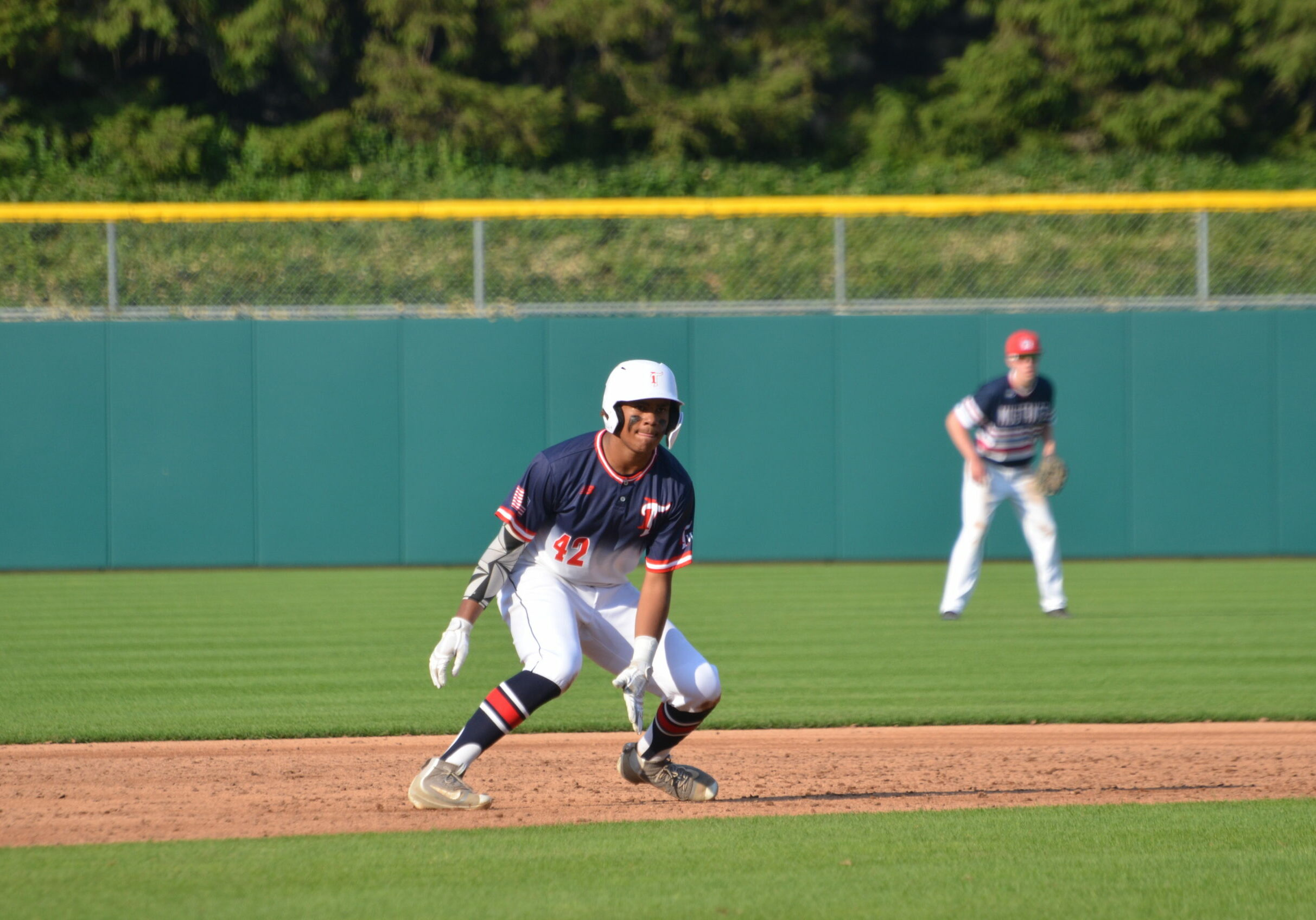The Hinge in Baseball
The Hinge in Baseball
One of the most common, yet seemingly overlooked, movements in baseball is the hinge. To properly field, throw hard, hit hard, and lift heavy, players will have to hip hinge to get into a more stable and powerful position. I will briefly talk about what a hip hinge is, how to train it in the weightroom, and then what to do to have the hinge translate into your baseball movements in training and on the field.


WHAT IS A HIP HINGE?
The complicated way to explain a hip hinge is that it’s a sagittal plane movement where the hips are the axis of rotation between a neutral lumbopelvic segment and a femur (your thigh). In Layman’s terms, this is where a person would bend at the hips while keeping their shins perpendicular to the ground and spine aligned. This is the dominant movement in every bend-and-lift exercise and daily life movements.
HOW CAN I TRAIN THIS IN THE WEIGHTROOM?
The most common exercises in the weightroom to help train and program the movement are the squat and deadlift. These are usually a staple in a weightlifting program, and for a good reason. Squats and deadlifts are compound lifts that target the major large muscle groups in the lower body, core, and back.
Some other good exercises to work on your hinge are RDL’s/good morning’s, kettlebell swings, bench hip presses, and cable pull throughs. Now there are many, many other great exercises that can still work on hip hinges but these are some of my favorite accessory exercises outside of the staple ones of squats, deadlifts, and their variations.
The key to this is training and programming the movement first before you try to progressively load it. Poor hinge movement, or any movements in general, in the weightroom will result in poor movements outside the weightroom.
HOW DOES THE HINGE TRANSLATE TO THE FIELD?


The hinge is quite possibly the most important, and common, movement on the baseball field. Every throw/pitch, every swing, and every grounder fielded will require you to perform a hinge and allows you to get into a more powerful and athletic position, which then helps you become more efficient. Picture a hitter making his forward move in the box, a pitcher striding down the mound, or a shortstop fielding a routine groundball, and you will see a player in a modified hinge pattern.
Now is this saying every pitcher that throws 95+ has a perfect hinge pattern? Usually not, but it is generally still efficient, strong, and they have other things they do at elite levels to help compensate for it. Does this also mean you should neglect the hinge pattern? Absolutely not. Working with the Indiana Twins as a pitching and performance training instructor allows me to see how many pitchers have an “acceptable” hip hinge pattern in their delivery. Out of the 130 athletes video broken down so far, only 35 have a good hip hinge pattern.
Developing this hip hinge can help an athlete across the board with their whole game, and it’s one of the first things I, and the Indiana Twins organization, work on improving with all of our athletes. Starting with the weightroom, and grooving it into our on-field competitive movements.
WRITTEN BY: Nick Slone
 Coach Slone is an Assistant Coach, Pitching Instructor, and Performance Training Instructor. Nick is also a former Indiana Twins (now Canes Indiana) player, in the program for most of his high school career. After his senior year of travel ball, he was asked to come tryout for a walk-on pitching spot at the University of Southern Indiana. A couple weeks before the tryout he suffered a torn rotator cuff and his career was cut short. After a few years at USI, Nick decided to transfer back home to IUPUI and finish his academics in Exercise Science with a concentration in strength & conditioning while possibly pursuing a Master's degree in athletic training.
Coach Slone is an Assistant Coach, Pitching Instructor, and Performance Training Instructor. Nick is also a former Indiana Twins (now Canes Indiana) player, in the program for most of his high school career. After his senior year of travel ball, he was asked to come tryout for a walk-on pitching spot at the University of Southern Indiana. A couple weeks before the tryout he suffered a torn rotator cuff and his career was cut short. After a few years at USI, Nick decided to transfer back home to IUPUI and finish his academics in Exercise Science with a concentration in strength & conditioning while possibly pursuing a Master's degree in athletic training.